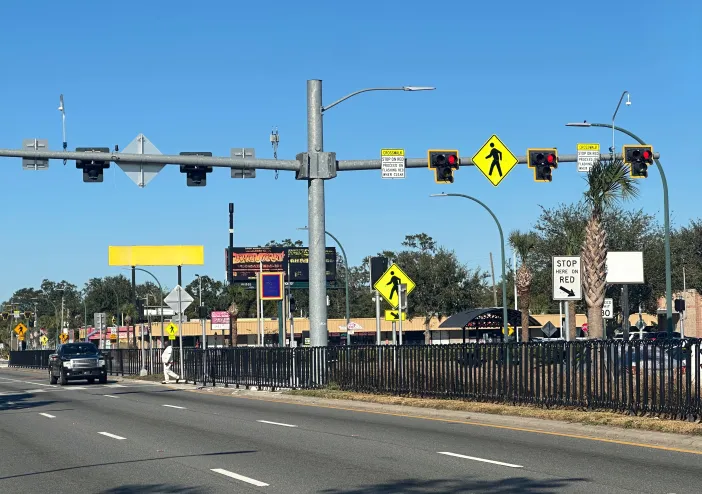
Continuing its tradition of innovation through video detection algorithm work,
Pedtrax automates measurement of both the count, direction, and speed of pedestrians in crosswalks to provide insights on levels of street life. With this enhanced data set, Iteris says that transportation officials can help make cities safer for pedestrians. Better-informed decisions can be made based on foot traffic volume and speed to optimise signal timing, and to inform proactive improvements to signage and striping, intersection design, school, crossing guard deployment and even economic development programs.
Pedtrax presents reliable, current data for grant applications and performance monitoring with documented down-to-the-minute data as well as seasonal trends in pedestrian traffic patterns.
Iteris says its new company tagline, 'Innovating Through Informatics', provides a platform for turning big data into breakthrough solutions by equipping their customers with optimum systems and analysis tools to make transportation safer and more efficient.
The company has been a global leader in ITS Solutions for 20 years, with over 120,000 Vantage Video Detection units installed worldwide and its ITS solutions deployed in North America, Australia, Middle East, Asia and Latin America.










